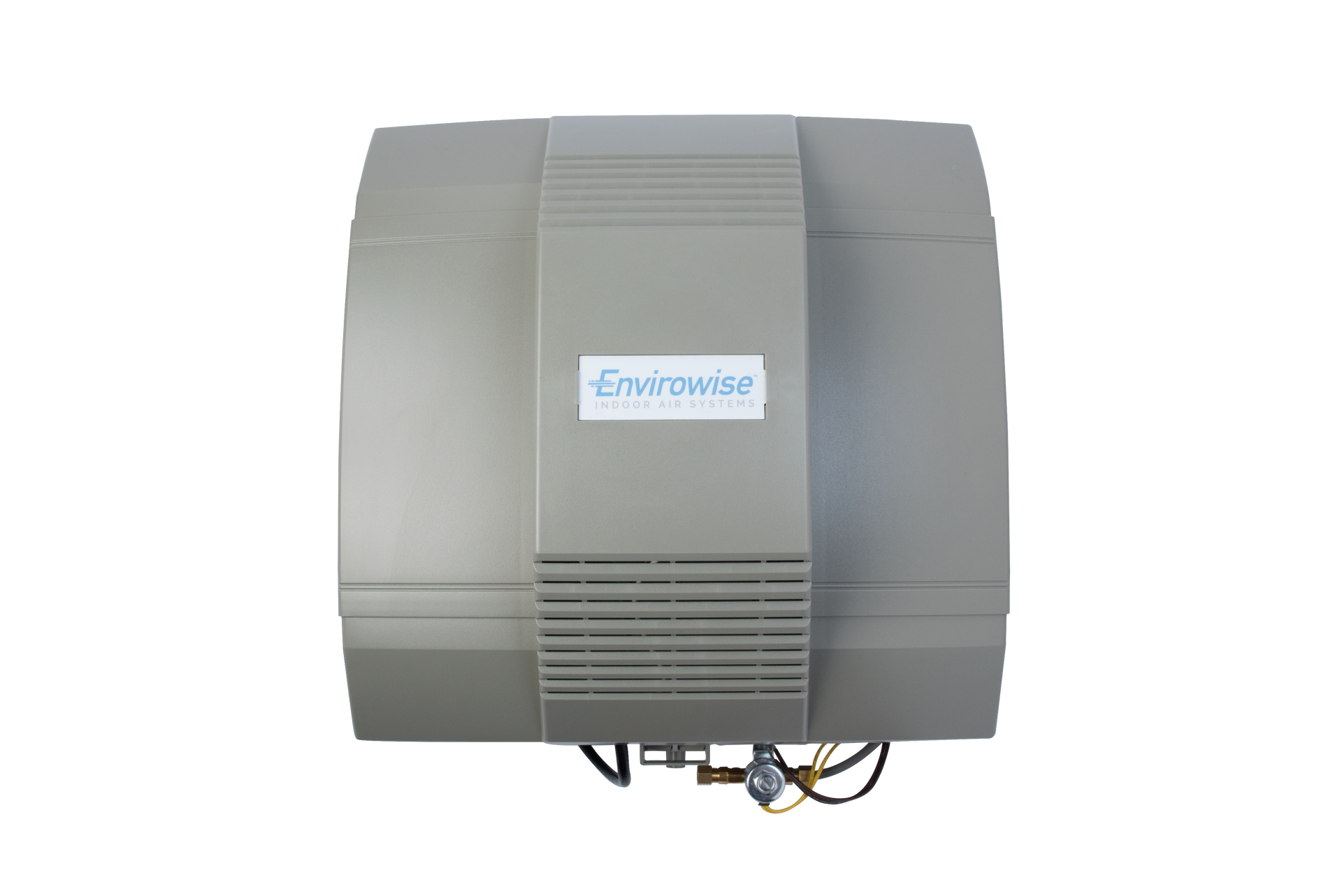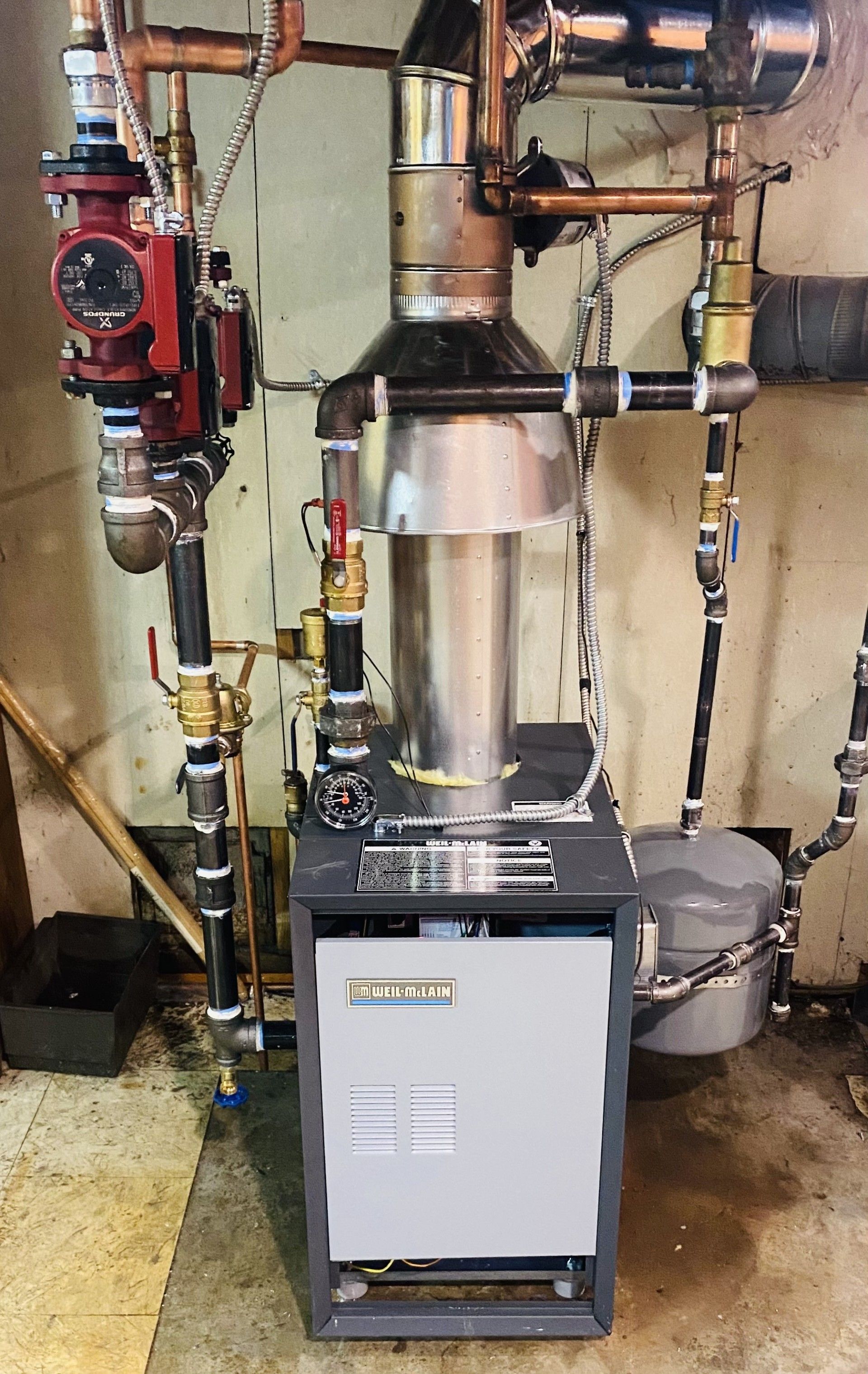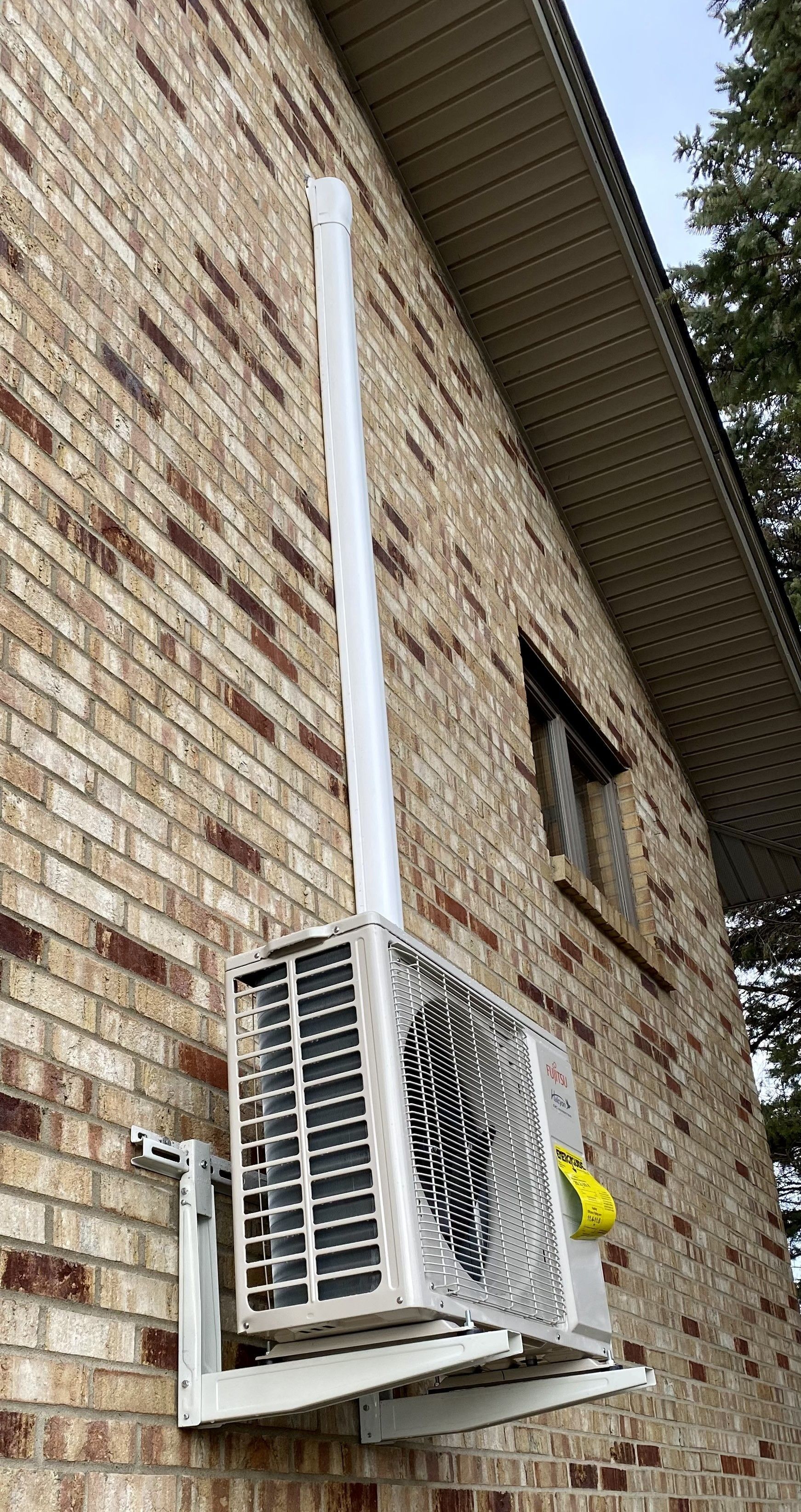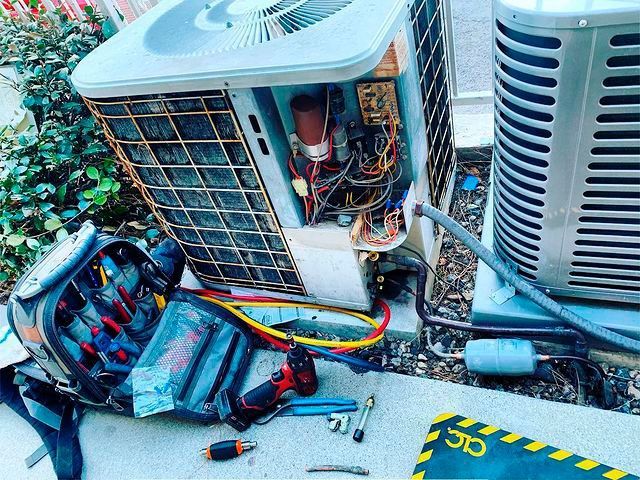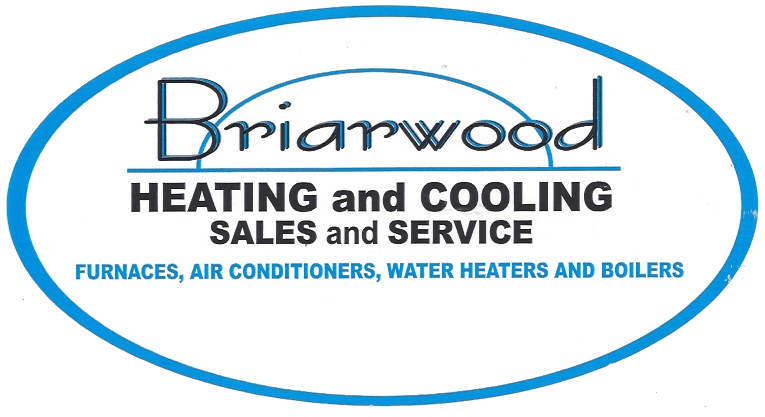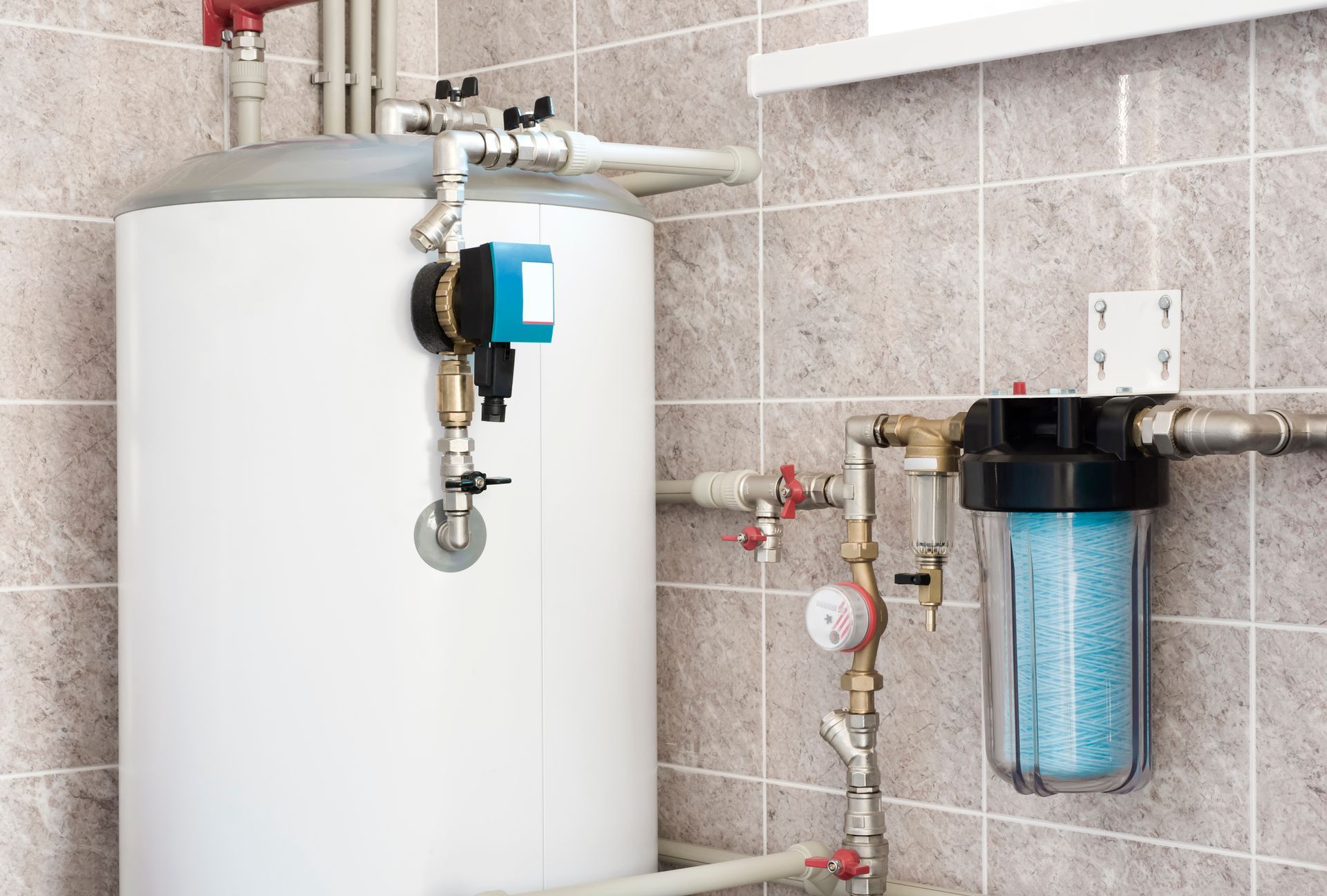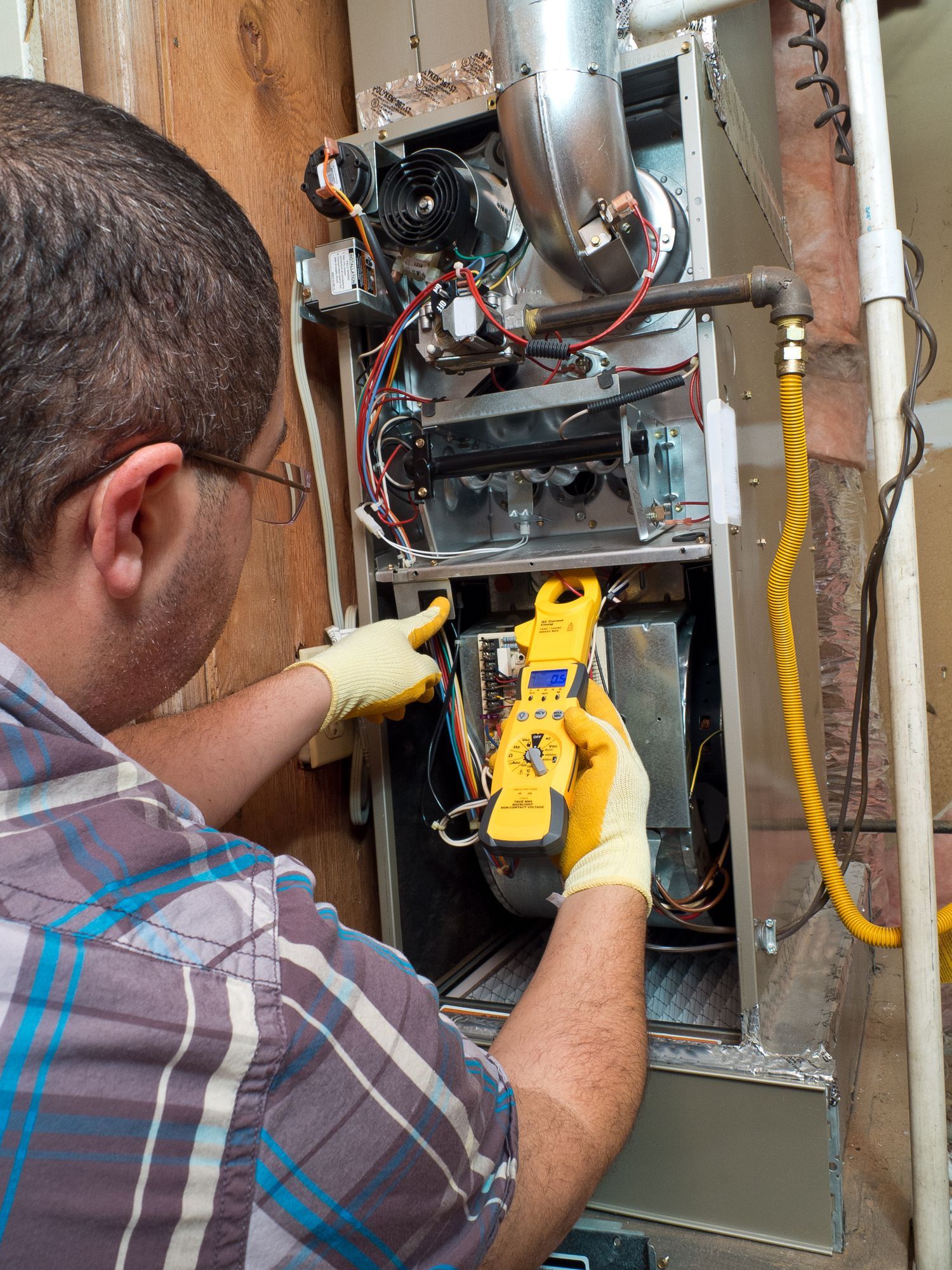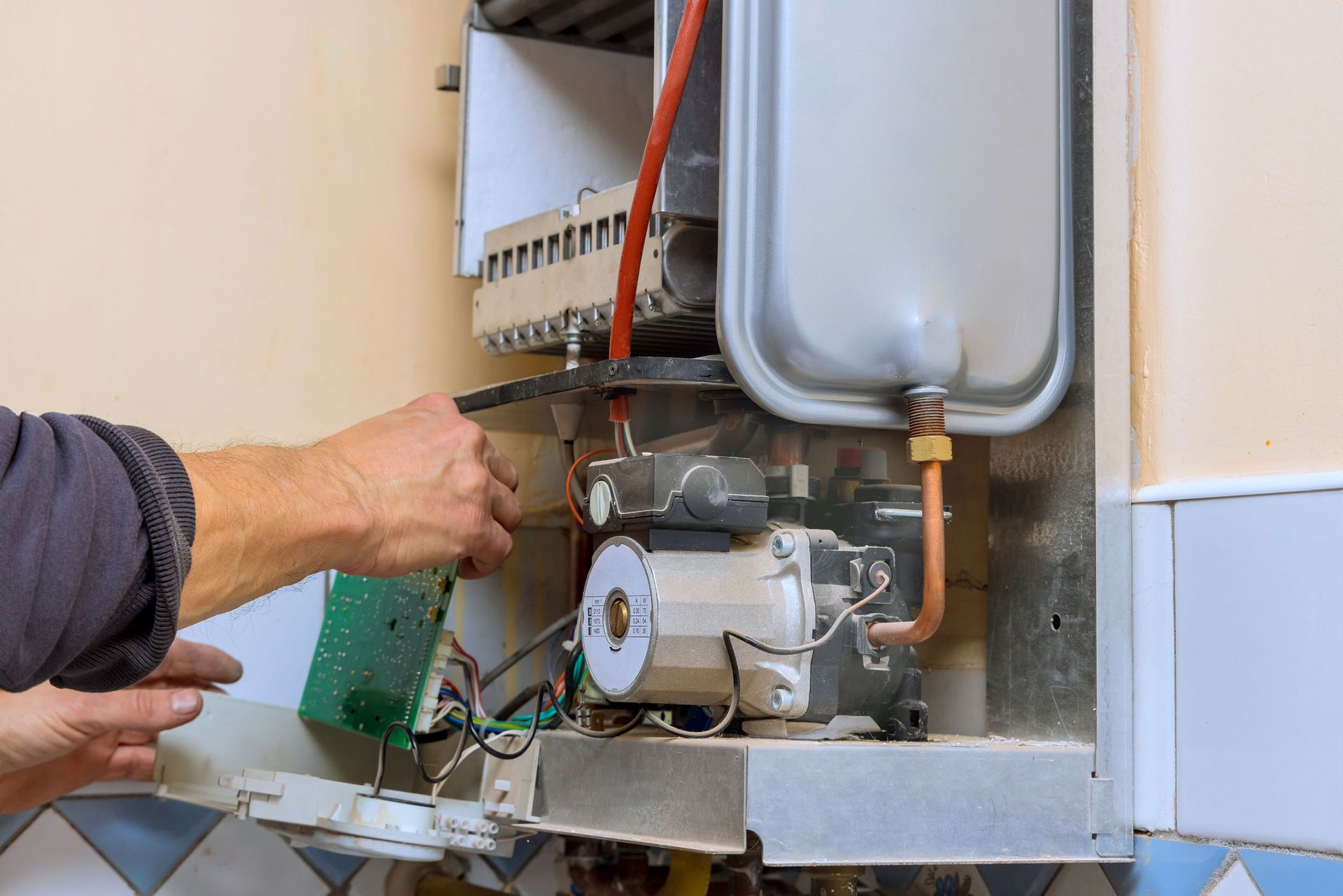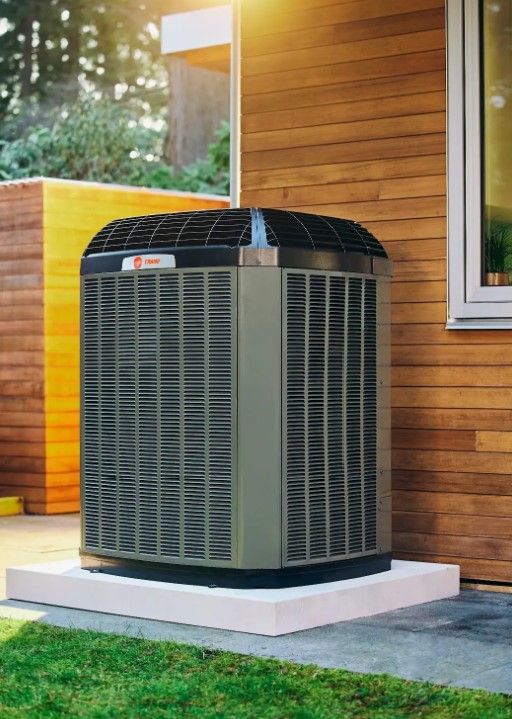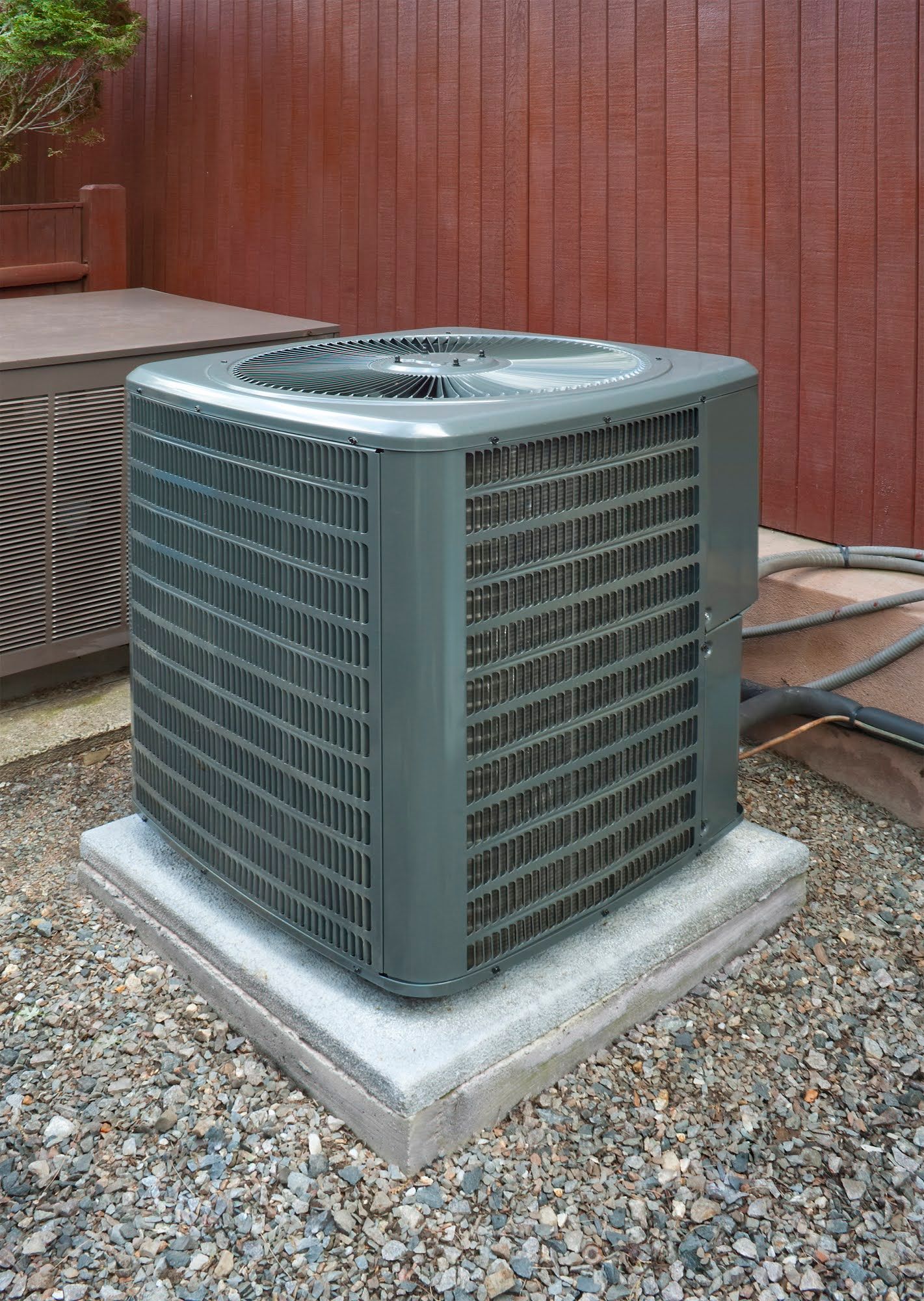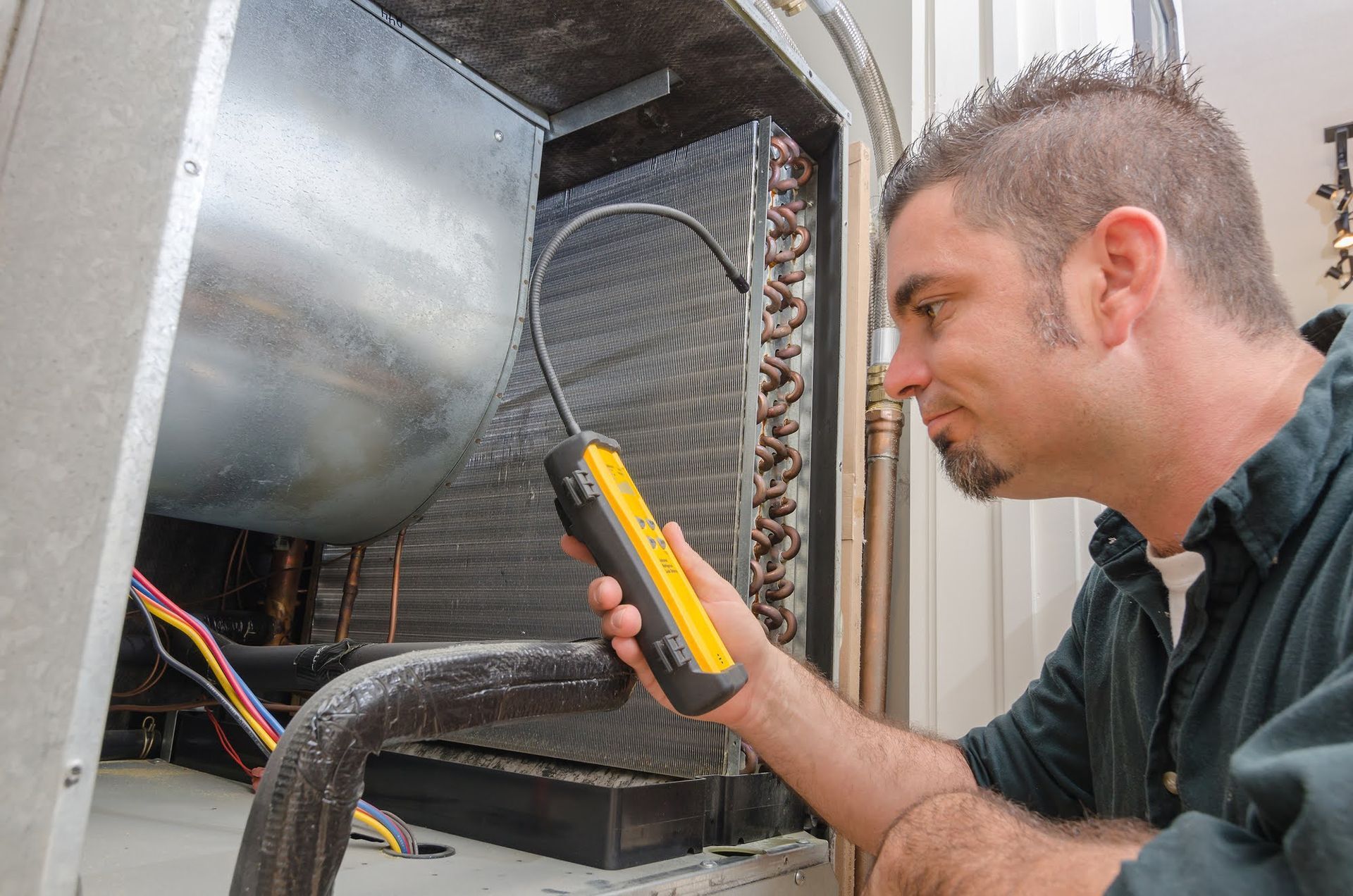Why You Seem To Have Uneven Temperatures in Your Home
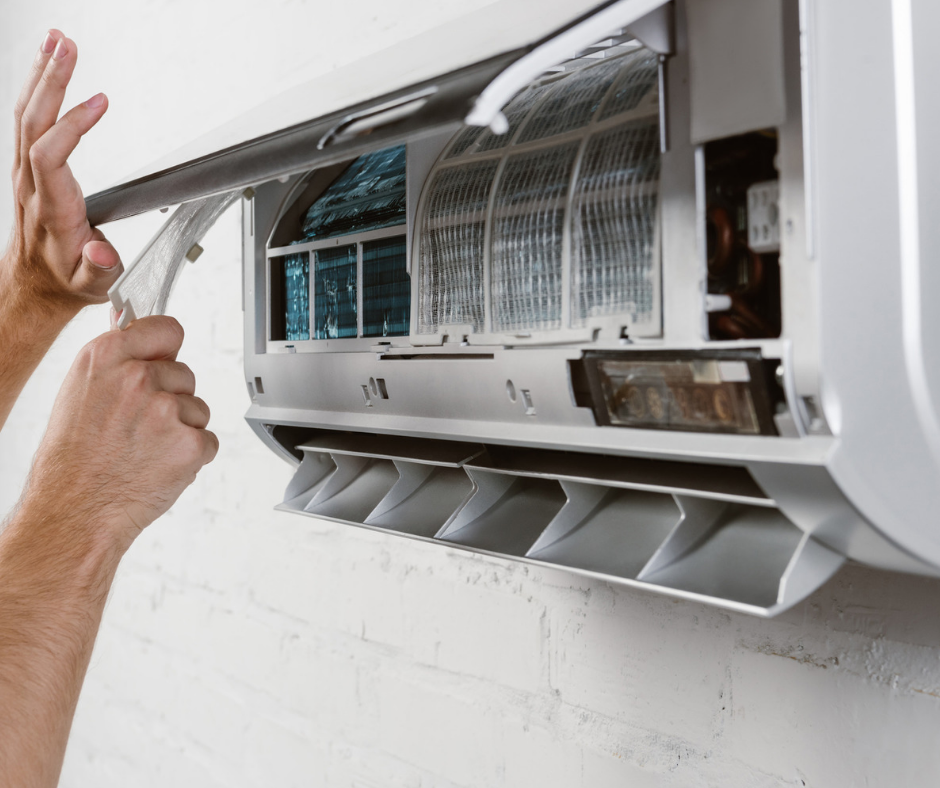
Have you noticed parts of your home that are hotter and colder than the rest of the house? Temperature variations are frustrating, but an HVAC professional can quickly solve the issue and restore your comfort. Take a look at the possible causes of uneven temperatures below.
Poorly-Sized HVAC System
An HVAC system that is too small or big for your home can struggle to maintain consistent temperatures. An oversized system can shut off too rapidly and leave certain spots too cold or warm. An undersized HVAC system lacks enough power to heat or cool the house, resulting in temperature variations.
HVAC sizing is best left to professionals who evaluate your home size and other factors to get the perfect size for your heating and cooling needs.
Clogged Filters
HVAC filters may be small, but they substantially impact HVAC efficiency. Over time, filters collect dust, pet dander, and debris, resulting in reduced airflow.
Your HVAC system struggles to push heated or conditioned air past clogged air filters, and some rooms may not get adequate service. This extra strain also leads to premature wear and tear of HVAC components, and repairs and replacements may become necessary more often. Luckily, this issue is easy to solve. HVAC experts recommend air filter changes every one to three months.
Leaky Ducts
Air ducts run across your home, transporting heated and conditioned air to every room. Since these ducts stay tucked away between walls, you may not suspect them of causing HVAC issues in your home. Age can take a toll on the ductwork as seals may break and the duct material corrodes.
Damaged ductwork can lose up to 30% of airflow, resulting in fluctuating indoor temperatures. Moreover, large leaks can completely cut off airflow rooms further from the unit.
Leaky ducts also inflate utility bills as well since your HVAC system may have to run longer to maintain the usual temperature levels. By repairing leaky ducts, your HVAC contractor enhances HVAC efficiency and reduces utility expenses.
Blocked Supply Vents
Sometimes, uneven temperatures have a simple fix, like unblocking supply vents. Supply vents blow conditioned air into each room and can't do their job correctly if blocked by furniture, toys, and other large objects. You may also close these vents and forget to open them, leading to poor air circulation.
Insufficient Return Vents
Return vents connect to the return ducts and suck the air in each room back into the heating and cooling components. If the return vents are too few for your home, they can fail to grab all the unconditioned or unheated air from distant rooms, resulting in temperature fluctuations.
An HVAC expert can evaluate if your home needs more return vents and add them in strategic places to improve air recycling.
Home Additions or Remodels
If you want to renovate or add another room to your home, a heating and cooling expert should be part of the project to avoid throwing off the HVAC system's balance. You may need additional ductwork, another conditioner, or a larger HVAC system. Your HVAC contractor can also install ductless mini-split air conditioners or heat pumps to keep additional rooms comfortable without needing ducts.
More Than One Level
Uneven temperatures are common in multilevel homes due to rising heat and long duct runs necessary to get air into every room. Usually, HVAC systems control temperature around one thermostat, which can also cause temperature variations in rooms above or far away.
A zoning system is often the best solution to this problem. Each section of the home is given its own thermostat for accurate temperature readings. A zoning system allows you to set different temperatures in every zone, depending on your family's lifestyle.
Cold and hot spots can puzzle any homeowner, especially if the cause isn't straightforward, such as leaky ducts or an undersized HVAC system. Contact us today at Briarwood Heating & Cooling for this and other heating and cooling problems.
